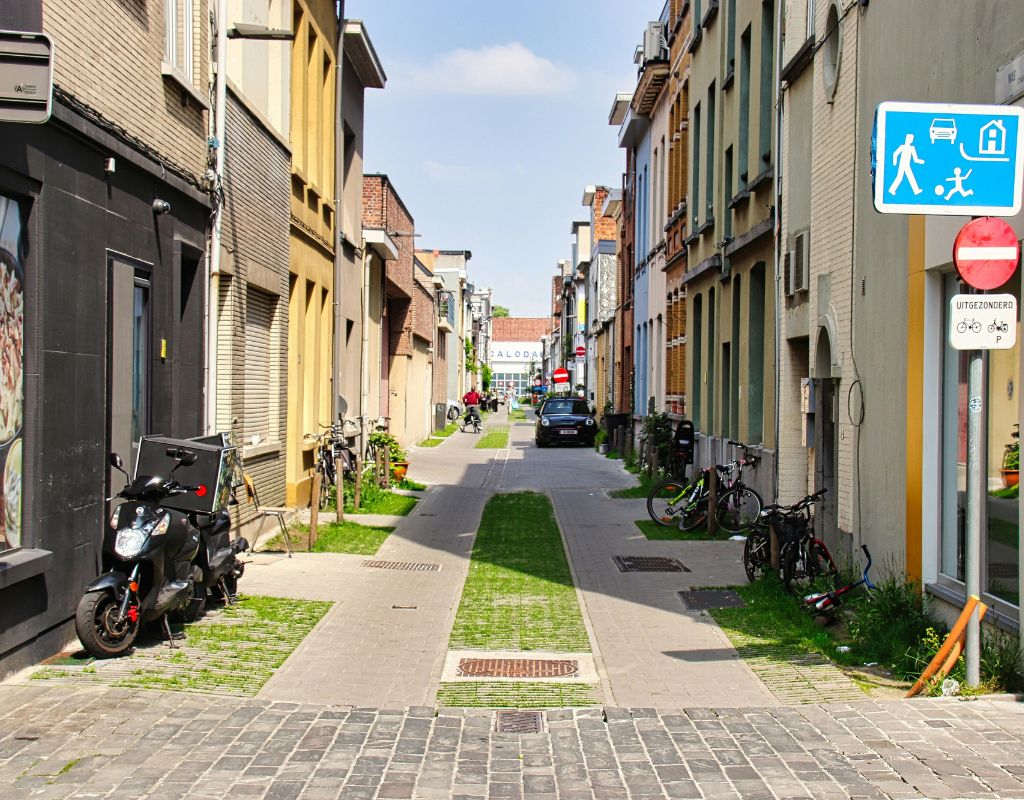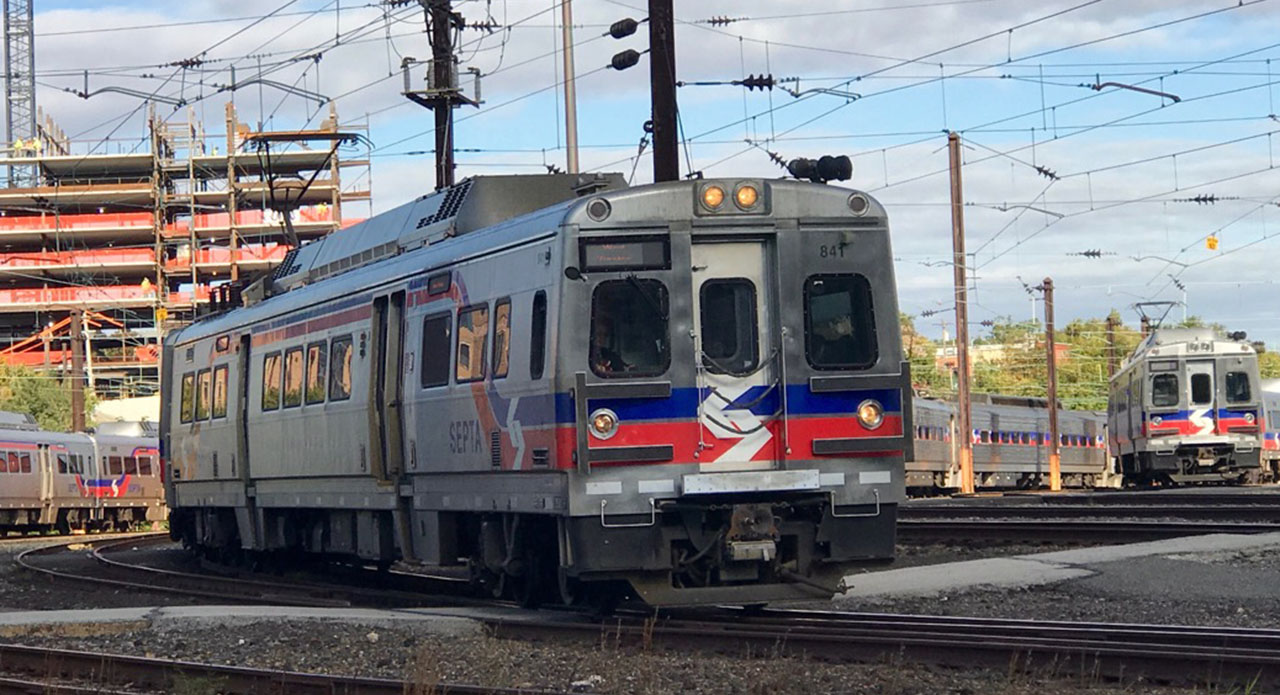Want to have a not-very-fun presidential debate watching party tonight? Just make "cities" your drinking-game buzz word. Chances are you'll wake up tomorrow morning feeling fresh as a daisy.
As Kevin Baker wrote in the New York Times last week, the subject of cities -- the nuclei of our metro economies -- has been conspicuously absent from the fray this election season. Unless you count the part of the GOP platform that bashes the Obama administration for "replacing civil engineering with social engineering as it pursues an exclusively urban vision of dense housing and government transit."
The Times article has been widely discussed. Today, Mary Newsom at Network blog The Naked City points us toward a particularly interesting take at Citiwire. Writer Curtis Johnson wonders how both parties could so thoroughly miss the point:
Most Americans now live and work in metro regions, so you’d expect full-throated support for their futures. Metros host the nation’s treasure of cultural and recreational amenities. They are undeniably the economic engines that power ongoing (if a bit fragile today) prosperity of the whole country.
How can anyone not see that the United States today is largely a mash-up of metro economies? How does any serious candidate for our highest office run around, or against, his reality? But listen carefully to the debates, read the press reports, analyze the spin of campaign artists. You’ll discover almost no mention of urban areas. It’s as if this reality is invisible, or if seen at all, irrelevant.
Despite a burgeoning diabetes epidemic, our national policies shelter sugar growers. We shower subsidies on commodity farmers while denying support for critical metropolitan needs. The sad fact is this: We rely on our metros to generate the profits that pay the nation’s bills. But that’s not where the nation invests.
Elsewhere on the Network today: Baltimore Velo writes that the Charm City's plans for a bike-share system have reportedly fallen through. Building Cincinnati tells the story of a single street's conversion, 45 years later, from one-way to bi-directional. And Greater Greater Washington highlights a multi-family, transit-oriented development in California for both its high density and its design sensitivity.






